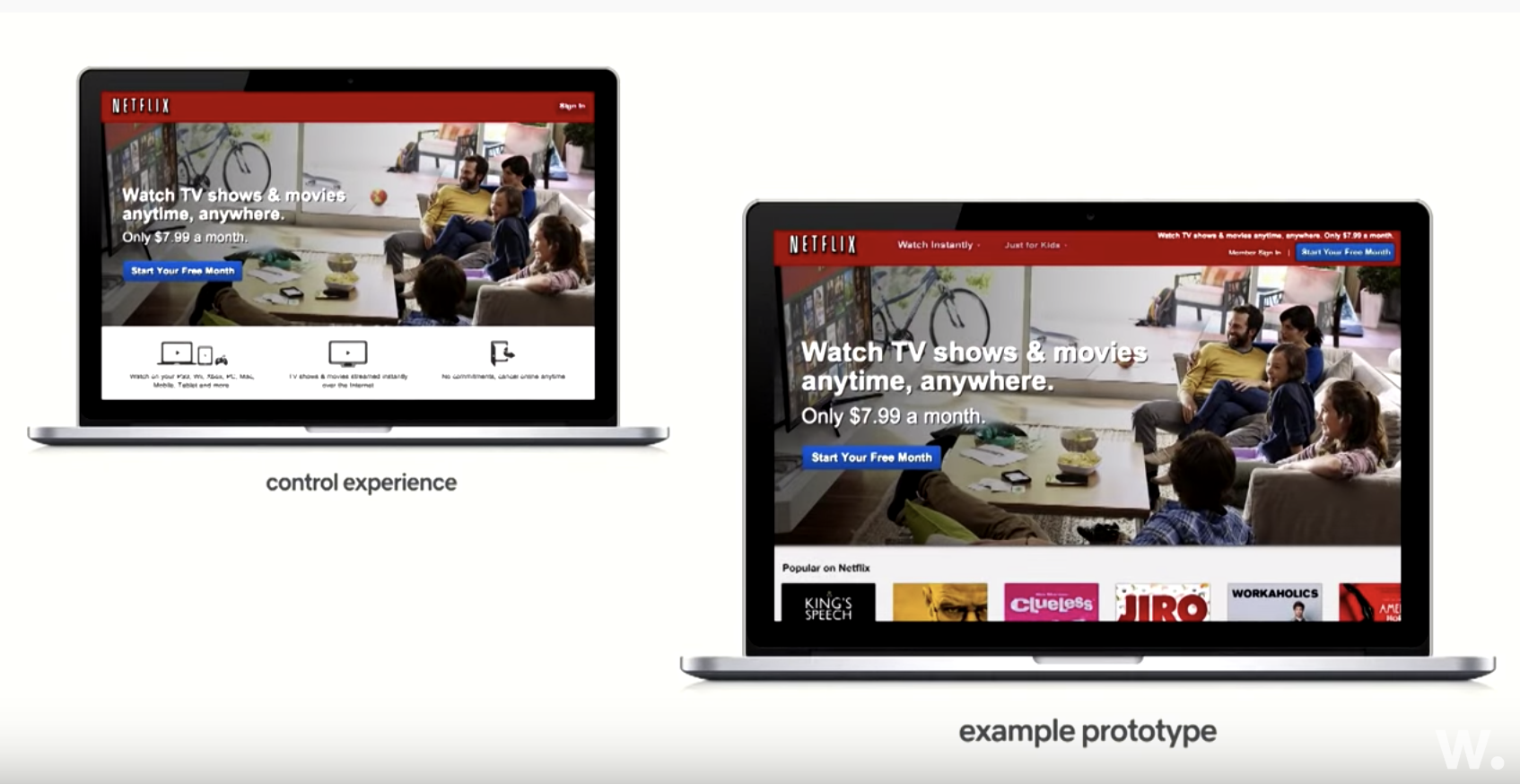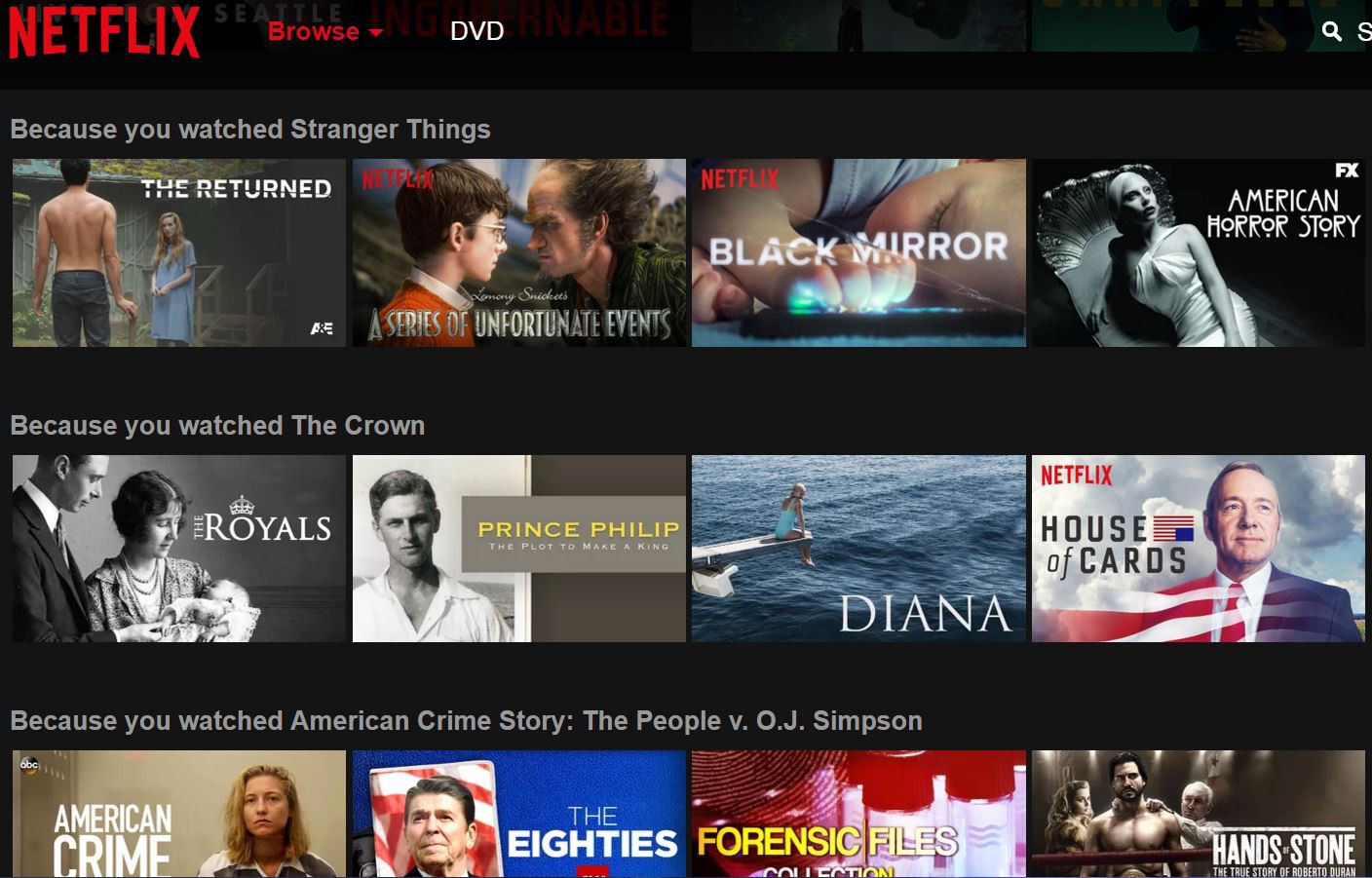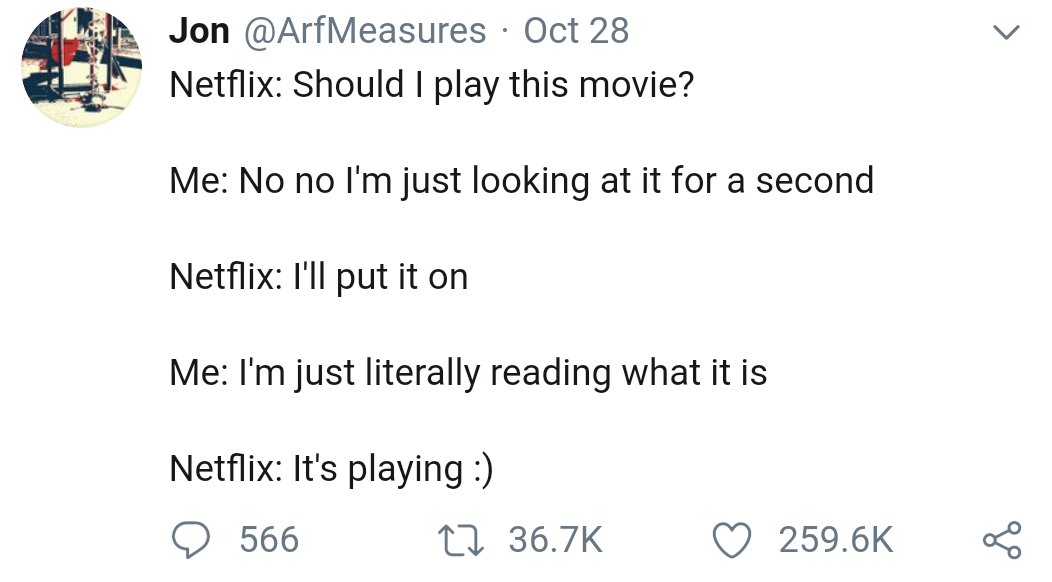What are the secrets behind Netflix’s user experience design, which accounts for 15% of global website traffic?
Shenzhen Translation Bureau is its compilation team, focusing on technology, business, workplace, life and other fields, focusing on introducing new foreign technologies, new perspectives and new trends.
Editor’s note: Netflix, founded in 1997, mainly provides video and video delivery services in an online paid subscription model. In 2019, Netflix ranked 6th among the top 30 global Internet companies. This company, which accounts for 15% of global website traffic, has any “knack” in terms of user experience design? The original title of this article is How Netflix uses psychology to perfect their customer experience. The author Jen Clinehens introduced three Netflix’s psychological principles in product design in the article, hoping to inspire you.
Recommended reading: do Good product management, I rely on these 6 important charts
< / p>
If the secret of Starbucks is that when you receive a cup of latte from the clerk, you will also receive a smile from the clerk, then the secret of Netflix is that its network site makes it according to the user’s personal preference Adjust accordingly.
—— Reed Hastings
If there is a company that is synonymous with creating a continuous user experience for consumers, it is Netflix. For most people, Netflix has become their main source of entertainment. Globally, 15% of network traffic goes to Netflix.
For a large company like Netflix, the experience it brings to consumers is already leading the industry. In this context, how can we further improve without disappointing consumers?
The answer to this question lies in non-stop experimentation.Recognized psychological principles.
Because Netflix provides subscription services to consumers, it will soon be able to find out exactly how its services are. You just need to know how many consumers cancel their subscription service for each experiment, and then make targeted improvements.
3 psychological principles, Netflix makes user experience more friendly
1. Reciprocity principle
Reciprocity, a common social norm, refers to responding to one positive behavior through another. That’s why, when others help you, you will feel owed to the other person.
Robert Cialdini, author of the book “Influence: The Psychology of Persuasion” and an emeritus professor of psychology at Arizona State University, mentions ” The principle of reciprocity “has made it a well-known psychological concept.
Theodore wrote in the book, “If you want to get it, you have to pay first.”
How does Netflix take advantage of the principle of reciprocity?
Netflix will learn from potential customer groups, “What is the most important thing you want to know before registering and subscribing to Netflix’s services?” In response to this question, 46% of surveyed users said that they Hope to “know all the movies and TV shows that Netflix can play.”
In response to the user ’s response, Netflix conducted an experiment and showed the user a video program that he could watch on the homepage.
However, this experiment also revealed another interesting phenomenon: if you show too much content to the user, it may also distract the user, so that the other party will not find the point for a while. Most users browse, but no one subscribes to their services after browsing.
Experiment failed: Let users browse all Netflix catalogs

Image source: Awwwards
So Netflix redesigned the experience.
Designers still take advantage of the principle of reciprocity, but,This time they used a picture to represent a richer catalog of video files behind it. This design improvement does not require users to be forced to browse all video file directories.
Let the user preview the preview instead of being forced to browse the entire content. This design experience makes users more inclined to subscribe to your product, even if it is a free trial for a period of time.
Experiment success: Let users preview preview
< / p>
Image source: NirandFar.com
2. Cocktail party effect
Cocktail party effect refers to people’s ability to select hearing. In this case, their attention will be focused on the area they are interested in, and other conversations or sounds in the background will be ignored.
In addition, if the principle of cocktail party effect is further used, relevant content can also bring out unexpected results.
According to a recent research report released by the well-known consulting firm Accenture, the following three personalization strategies can directly affect consumer purchase behavior:
Know my name : If the merchant can remember the consumer ’s name, then 56% of consumers will spend at this shop.
Know my history : If a merchant can understand consumers ’past consumption records or consumption habits, then 65% of consumers will tend to spend at this store.
Know what I want : If a merchant can recommend products to consumers based on their past consumption data, 58% of consumers will spend at this store.
How does Netflix take advantage of the cocktail party effect principle?
Netflix always respects the “user-oriented” principle and is committed to providing users with a completely personalized experience. To this end, Netflix also specially designed a file directory named “Because you watched …”, which is also the actual application of this psychological principleExamples.
More than 80% of the video files that users have watched in the past two years are the direct core source of Netflix’s recommendation engine. In this way, users do not need to search for a specific type of video file by themselves.

Image source: Harvard Business School, Digital Initiative
3. Idle aversion
Netflix: Need to play this video for you?
Me: No, I just look at it.
Netflix: Then I’ll play it for you.
Me: I really just want to browse the introduction.
Nei Fei: It’s on, haha.

Image source: Twitter user @ArfMeasures
Recently, research in the fields of psychology, well-being, and user experience has developed a principle called “leisure aversion”. It means that when people are busy, even when they are forced to be busy, they will be happier than when they are free.
How does Netflix use the idle aversion principle?
To keep users busy, you need to continuously provide them with information and let them interact with it, such as animation, gamification design, and visual presentation are ideal choices.
Nei Fei also has a very interesting experience in using the idle aversion principle. When the user is still viewing the profile information on the movie’s main page, it will automatically play a movie trailer to the user.
This feature may be annoying for most users. But the benefits of using idle aversion are far greater than the cost of annoying some users.
Write at the end …
< / p>
2009 Netflix homepage. Image source: Google Images
Over the past ten years, Netflix’s website design can be said to have changed dramatically. It is also based on the “test and improve” design principles and culture of the Netflix team that these important design improvements and optimizations have been achieved.
Navin Iyengar, chief product designer of Netflix, said this when introducing Netflix ’s testing philosophy:
Many of our user experience ideas are actually A / B tested. In this way, we can also better understand their impact on global member acquisition and user satisfaction.
The results of these experiments help us focus on the most important parts.
Finally, we believe that passing A / B testing can provide us with the most credible information to further understand what users want from our service.
Obviously, based on this experimental culture, it is necessary to combine these psychological principles for testing and further optimization.
There is no magic button to turn your brand into an experimental brand. This process is a arduous process that requires designers to work closely with marketing, product, IT, operations, and other digital teams.
However, if implemented properly, it does unlock tremendous potential. So instead of knowing if you should focus on product testing, ask yourself, “How should we prioritize testing.”
Translator: Junyi